Imhotep – The Commoner Who Became God
Imhotep: We all know him as the titular antagonist in The Mummy Returns (originally in the1932 film The Mummy) and its sequels. This character is loosely inspired by the historical figure Imhotep, a noted polymath, counselor & chancellor (possibly) to the Pharaoh Djoser, architect of the first Pyramid – the Step Pyramid in Saqqara and high priest of the sun god Ra at Heliopolis, in the 27th century BC.
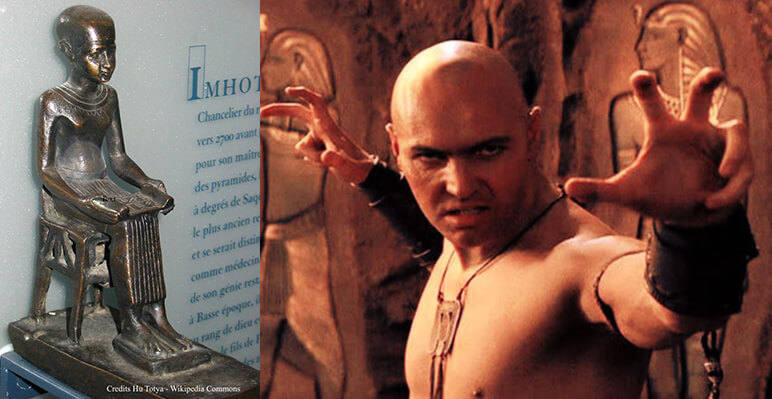
Though we have very little ‘factual’ information Imhotep as a historical figure, but in the 3000 years following his death, he was gradually glorified and deified. All this has created an image of a commoner by birth, who by virtue of his multiple talents rose up the ranks and in time, came to be worshipped as a God!
What is clearly known is that Imhotep was one of the chief officials of the Pharaoh Djoser. Egyptologists ascribe to him the design of the Pyramid of Djoser, a step pyramid at Saqqara in Egypt in 2630–2611 BC.
However, by virtue of stories and legends across (with little historical evidence)– he is referred to as a polymath, poet, judge, engineer, magician, scribe, astronomer, astrologer, and especially a physician. A few assertions from different texts (from much later after his death):
- The first real architect in the history of the world and the first to use stone columns in constructing many structures (temples), the first to have the ceilings of the temples constructed with stone blocks, and the first to build and create a statue above the ground level, in ancient Egypt.
- Architect of the First Pyramid of Egypt – the Step pyramid of Djoser, the oldest surviving stone building in the world.
- the first astrologer in history and some historians and scientists assert that he was the one who invented the ancient Egyptian style of writing and he also created the Ephemeris System.
- With many talents and skills in several fields of arts, he had composed and written number of poems that were famous in ancient Egypt among the royal family and the common people as well.
- Inventor of the black Ink that was never known before him in ancient Egypt and it was largely used in the ancient Egyptian writings.
- The first real doctor known in human history as he invented many medications and drugs that were used to cure large number of diseases. (The Greeks equated him with their own god of medicine, Asklepios)
Surprisingly, no text from his lifetime mentions these capacities and no text mentions his name in the first 1200 years following his death. Apart from the three short contemporary inscriptions that establish him as chancellor to the pharaoh, the first text to reference Imhotep dates to the time of Amenhotep III (c. 1391–1353 BC). The first references to the healing abilities of Imhotep occur from the Thirtieth Dynasty (c. 380–343 BC) onwards, some 2200 years after his death.
A result of all these legends – whether based in fact or faction, he was one of only two commoners ever to be deified after death (the other being Amenhotep, son of Hapu). Interestingly, the location of Imhotep’s self-built tomb was well hidden from the beginning and it remains unknown, despite efforts to find it. The consensus is that it is hidden somewhere at Saqqara.

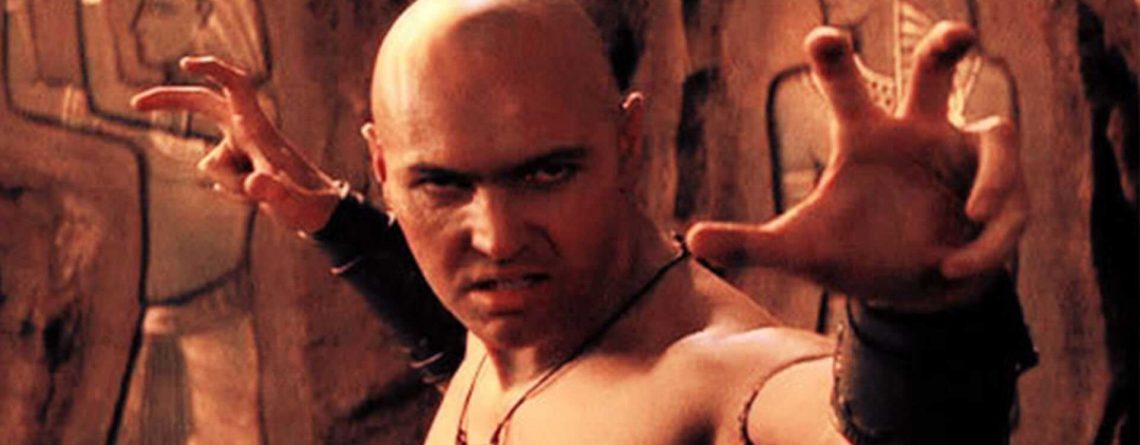
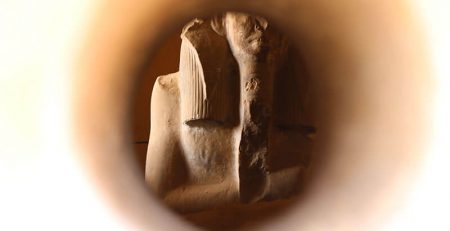
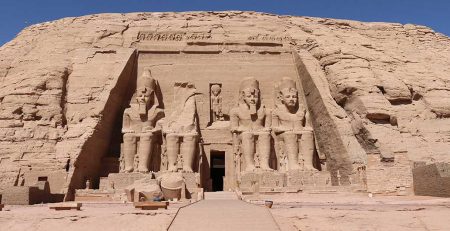
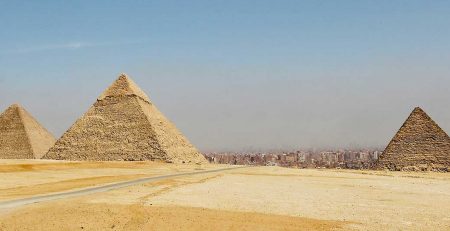
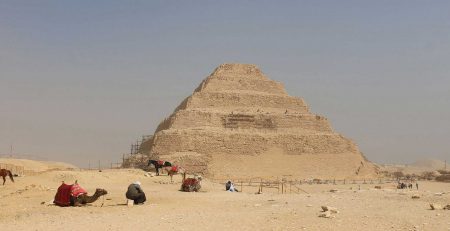
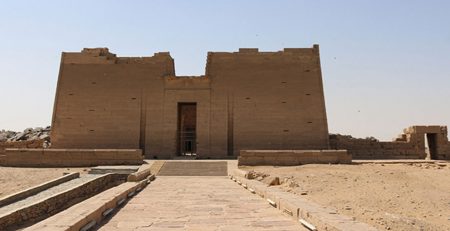
Comment (1)
In the movie it states he was the high priest to Pharaoh Sety but it looks like he was to Pharaoh Djoser.